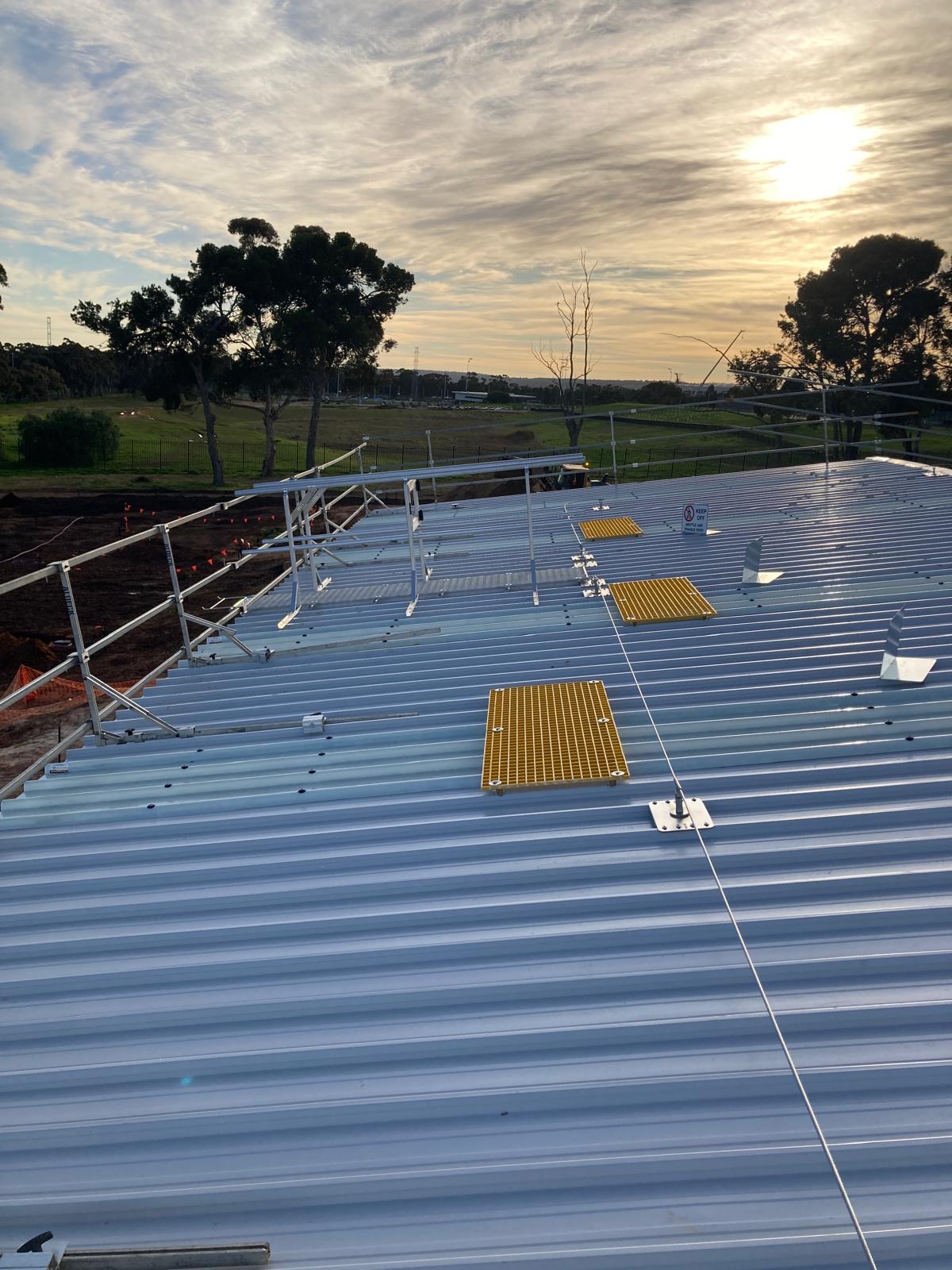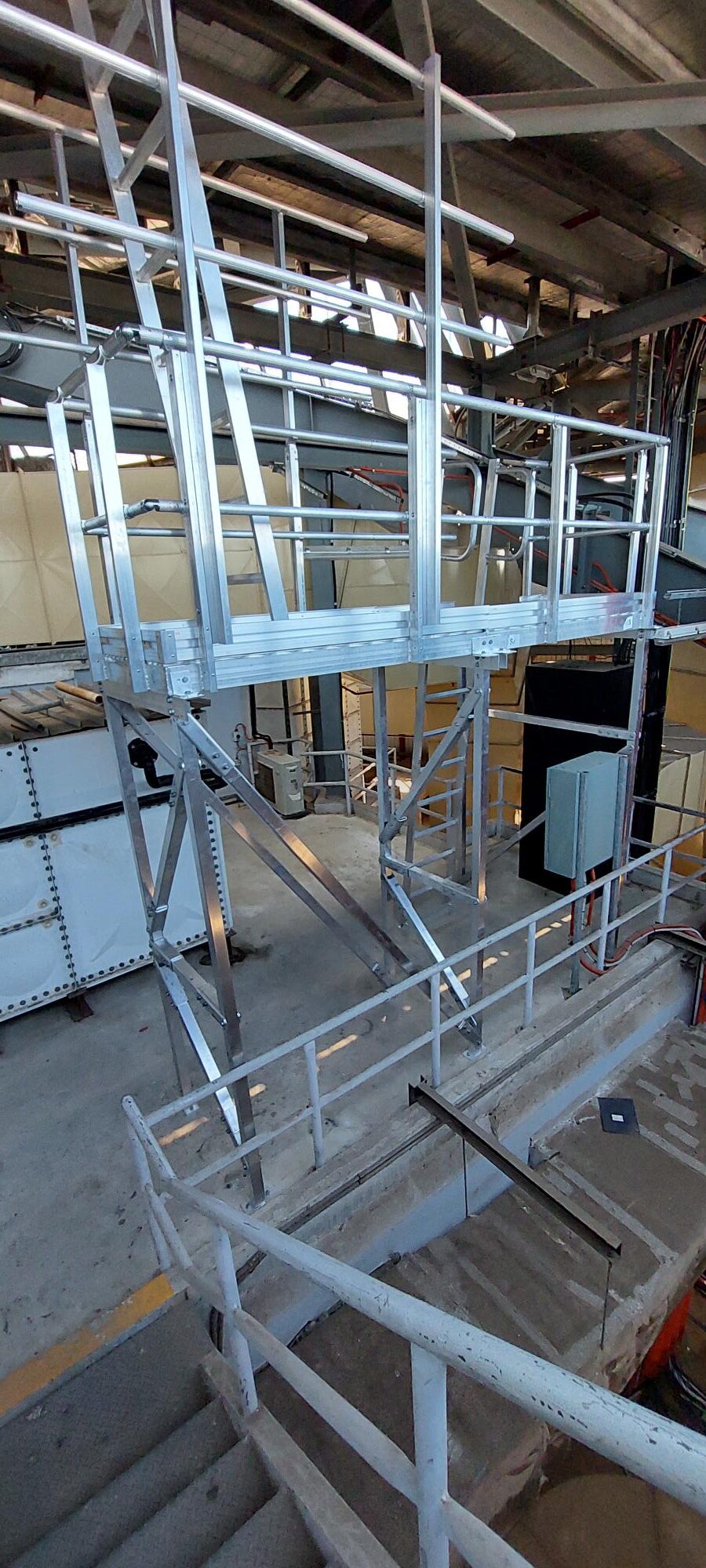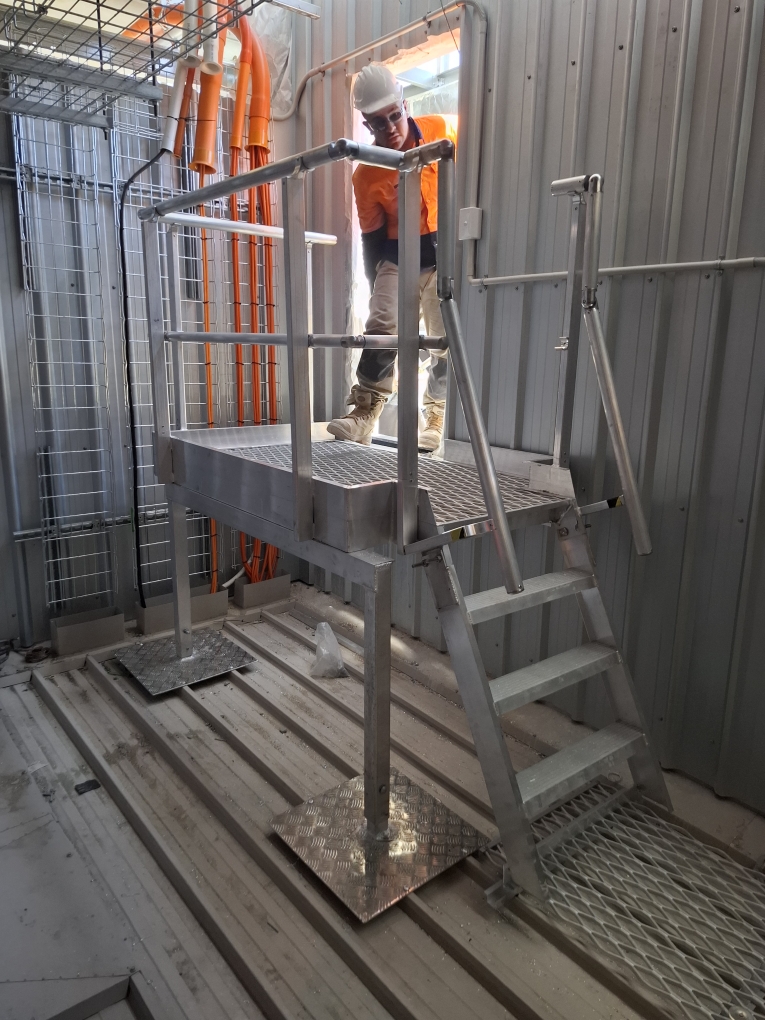A recent court case in Victoria has set precedent on the consequences of dangerous height practices at worksites across the state.
Working at heights is a particularly high-risk activity and one of the leading conditions resulting in workplace injury and fatality in Australia. Holding employers and PBCUs accountable for height safety practices is essential to mitigate risks and reduce incidents of injury and, in some cases, fatalities.
Last month, a solar panel installer was convicted and fined $500,000 for safety breaches at various work sites across Victoria. In one incident, a worker fell through a skylight and suffered a fractured spine and pelvis. The company was served a total of five charges for failing to ensure (where reasonably practical) that workplace was safe and without health risks.
A WorkSafe investigation found the following safety breaches:
- No perimeter guardrail on the roof
- No fall protection surrounding the skylight
- No safety harnesses on any workers during their work from heights
- A Safe Work Method Statement didn’t identify any skylights in the roof
Understanding the law
The above breaches are just some examples of the sorts of risks that managers, directors and PCBUs need to mitigate the best way they can with practices and procedures that ensure a safe work environment for everyone.
Australian workplace obligations for working at heights are governed by the Work Health and Safety Act 2011. Victoria, like other states and territories, has their own work health and safety laws, which are monitored and enforced by a regulator – in this case, WorkSafe Victoria.
Your responsibilities – compliance and height safety
While WorkSafe Victoria exists to keep all workplaces healthy and safe, worker safety ultimately rests with managers doing what they can to assure compliance.
As a director, manager, site foreman, or other PCBU, you must implement and govern the use of the appropriate height safety equipment needed for your premises to maintain compliance. Whether that means eliminating trip hazards on roof walkways where possible, or ensuring you have necessary fall prevention equipment if your team works at heights of 2 metres or more.
- Knowledge and awareness is the first step to compliance. Ensure all PCBUs and workers, including contractors, have up-to-date training and certifications.
- Conduct a risk assessment of your workplace and current practices to identify areas of improvement. Prioritise the risks to address by severity.
- Implement and manage the appropriate workplace safety protocols and practices. This may include training if there are a gaps in team knowledge; identifying ground-level hazards in the workplace and partnering with qualified specialists in installing custom height safety systems where needed. Also ensure your team is trained on how to operate and maintain the systems.
- Adopt agile work practices to suit weather conditions.
- Schedule regular site audits and safety inspections of equipment in accordance with Australian/New Zealand Standards.
Protect your workers and your business by mitigating height safety risks in your workplace – contact us now.



